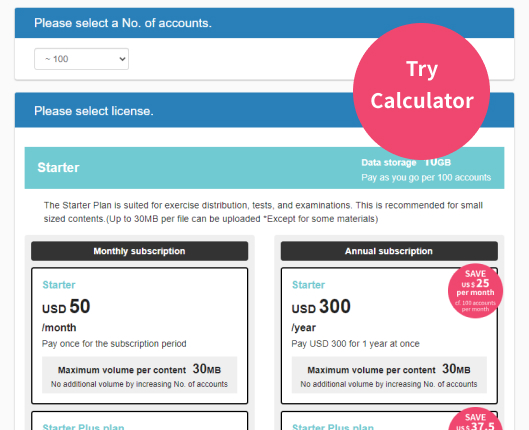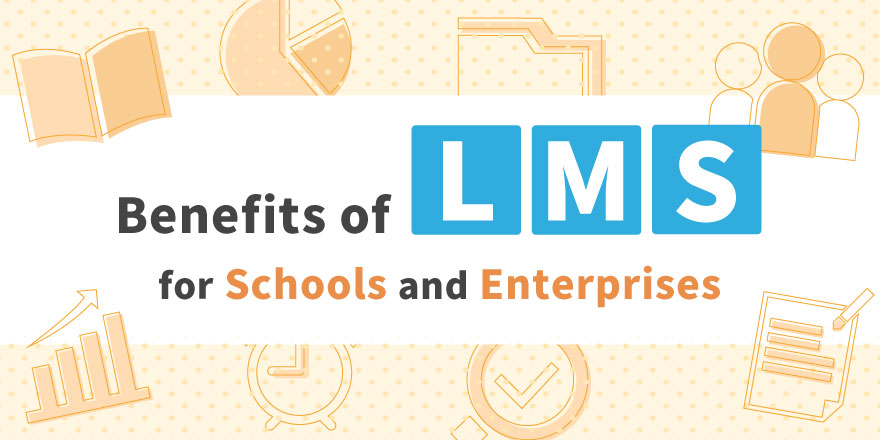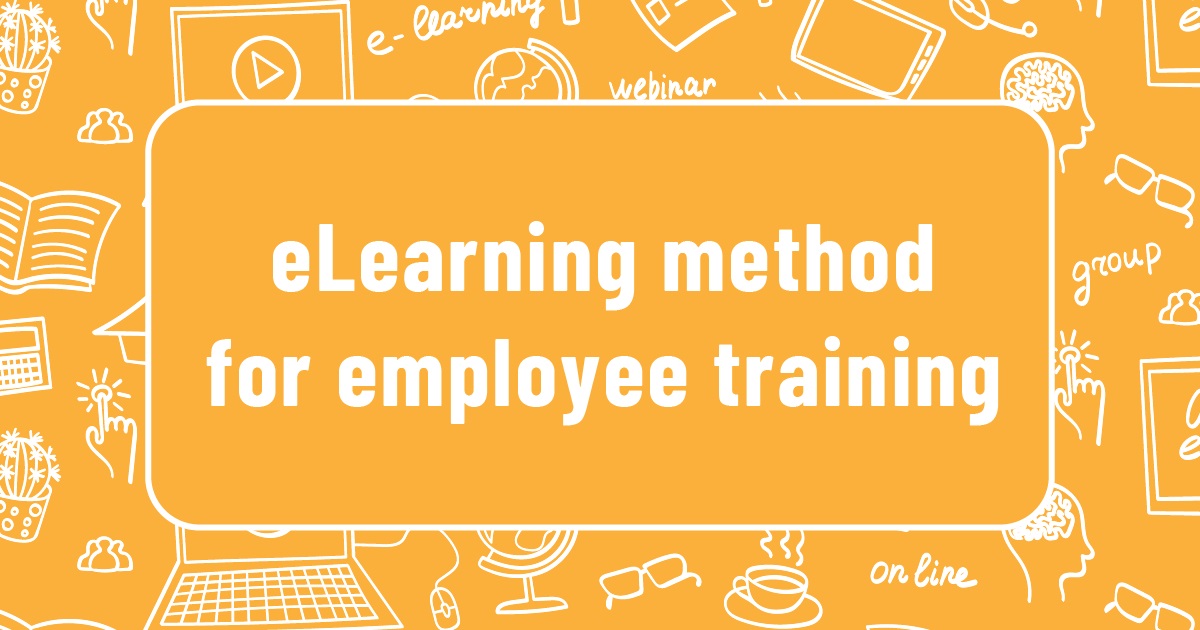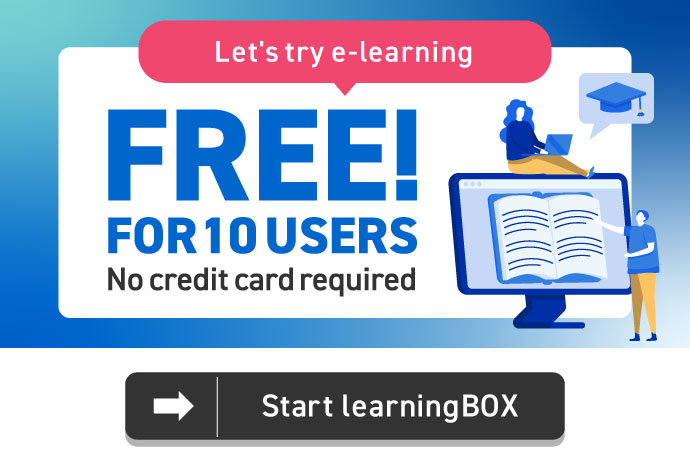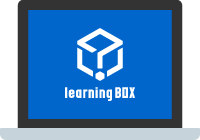How do you implement e-learning? An explanation of the process and what you need to consider

With the increasing competitiveness of companies in all industries and business categories, some managers and human resource managers may be thinking, "I want to put more effort into employee training than ever before. The development of human resources who will be responsible for the future of the company must be carried out from a medium- to long-term perspective.
This article provides an overview of e-learning, the points to consider when introducing it, its benefits, etc. If you are thinking of introducing e-learning to your company's training system, please continue reading.
What is e-learning?

E-learning refers to an educational method that uses electronic devices and the Internet, and has been widely adopted by companies since the 2000s. It is mainly conducted via computers and smart phones, and is especially common in video-based learning.
Services and learning methods using e-learning are evolving every year, and more and more companies are adopting them.
Back to ContentsWhat to consider when implementing e-learning

With the accelerating trend toward online learning in various fields, more and more companies are adopting e-learning. Many of you may want to know what you need to keep in mind when considering the introduction of e-learning.
Here are three things that companies should consider when implementing e-learning.
Clarify the purpose of implementation.
One thing to be aware of before implementing e-learning is to clarify the purpose of implementation. If this point is not clear and the purpose of the implementation is not clearly defined, it may end up being "just implemented".
To avoid wasting time and money, be clear about what you are implementing, what you want to do with e-learning, and how you can achieve your goals.
Check who is eligible for the course.
When implementing e-learning, it is also important to determine the scope of the target audience in advance. After selecting the target audience, such as "all employees", "new employees", or "people in specific departments", it is important to determine what kind of learning is needed for each target audience.
Consider how to use the service or system.
Let's decide which learning management system (LMS) to use. There are a variety of services and systems available, including those that require you to prepare your own learning materials and those that come preloaded with learning materials. Therefore, you will need to carefully select a system that fits your company's training objectives.
In order for students to learn more effectively, it is important to choose a system that gives them a concrete image of what they will gain by implementing it.
Back to ContentsFlow of e-learning implementation

From here, we will explain the specific implementation flow for those who want to adopt e-learning. Let's take a look at each of the necessary points, from service selection to operation.
If you don't know how to proceed and want to know the step-by-step process, please refer to this page.
Selecting a service
First of all, it is important to clarify what you are introducing e-learning for and how it can be used to achieve your goals. If you don't clarify the purpose and use of e-learning beforehand, you may end up with a system that is only used formally, or that is not cost effective.
After determining the purpose and use, select a service while gathering information on the product, implementation experience, support, and cost. It is recommended that you compare multiple companies instead of just one.
conclusion of a contract
Once you have decided on the service you want to implement, contact the service provider to conclude the contract. At this point, you should decide how many people will use the service, which plan you will choose, and which options you will add.
You will need to coordinate with the relevant departments within your company to determine the information security aspects and how to operate the cloud service. When outsourcing work, it is also advisable to work with the legal department to complete a legal check of the contract.
environment creation
Once the contract is signed, we will discuss with the service provider to set up the operating environment. When using a cloud service, there is no need to create your own internal environment. However, when running e-learning on your own server, it can take several months to build the environment.
At this point, decide whether you want to use only the package provided by the service provider or if you want to customize it with options.
Operation preparation
Once the environment is ready, proceed with preparations for actual operation, such as entering user information into the system. After completing the necessary preparations, conduct an operational test. Using the system as if it were in actual operation, check the operation flow and at the same time confirm that there are no deficiencies in the content of the teaching materials.
Operation start
Once the preparation and testing are complete, send the information and manuals to the students and start operating the system. In actual use, you will probably find various problems. It is important to keep improving and updating the system to make it more user-friendly.
Also, contact the service provider when an error occurs that cannot be resolved in-house. It is necessary to clarify in advance whether the contact person in case of emergency is the help desk or the person in charge, so that a system can be set up for smooth problem solving.
Back to ContentsBenefits of implementing e-learning

When considering the implementation of e-learning, one must also look at the benefits to be gained. e-learning provides the foundation for a stable and deep learning experience.
There are many other benefits to implementing e-learning, which we will discuss here in three sections.
Learn without being restricted by time or place.
One of the major advantages of e-learning is that it allows you to learn regardless of time and place, as long as you have a system and an Internet connection. If you use a mobile device such as a tablet or smartphone, you can learn regardless of the situation, such as during a short commute.
By creating an environment where students can learn anytime and anywhere, we can expect them to become habitual learners.
No unevenness in learning by instructor
With e-learning, the same content is always available, so learning can proceed without being affected by the level of the instructor. There is no variation in the quality of learning and the content of instruction is homogenized, so if you digest the content thoroughly, you will not miss anything.
It is also easy to change the material according to the level and progress. When you reach a certain level, you can deepen your study, and learn higher level content step by step.
Easy to check progress and provide feedback
By introducing e-learning, you can check the progress and provide feedback more smoothly. Since the learning status of students can be managed in data, it is possible to provide accurate feedback such as advice on areas of weakness based on test results.
In addition, it will be easier to check from the management screen how far the student has completed the study. This will make it easier for both the administrator and the students to check their progress and make future study plans.
Back to ContentsDisadvantages of implementing e-learning

There are many advantages to implementing e-learning, but there are also disadvantages, such as the need to prepare the environment, and learning that cannot be covered online. Before introducing e-learning, make sure you understand what points you need to pay attention to.
Here are three disadvantages of implementing e-learning.
Students are also required to build their own environment.
When introducing e-learning, it is necessary not only to prepare the administration side, but also to build the environment for the students, such as preparing tablets, computers, and the Internet environment. Since each individual has a different environment, it will be essential to prepare the environment for them when introducing e-learning.
Need to manage students' motivation
One of the major advantages of e-learning is that students can learn at any time, but in some cases, if the students are not motivated to learn, continuous learning becomes difficult. Even if a deadline is set by the management, it is difficult to enforce it completely.
As a result, there may be differences in the progress and understanding of the learning content among the students. It is very important to work out how to keep the motivation of all students constant.
Difficult to learn practical skills
Since e-learning is an online learning experience, it is not suitable for learning practical content. It is difficult to learn about the actual physical experience and how to cooperate with other students to create things.
To compensate for this disadvantage, "blended learning," which combines online and offline learning, is becoming increasingly popular.
Back to ContentsIntroduce e-learning to raise the level of in-house training.

More and more companies want to focus more on internal training by introducing e-learning. One of the most appealing aspects of an online system is that it makes it easier to manage the progress of students. It is important to carefully consider the services that best suit your company's objectives.
If you are interested in introducing e-learning, please contact our system "learningBOX The system has all the features needed for e-learning, and anyone can easily create a learning environment. If you are looking to properly train and raise the level of your employees, start with Download Brochure.
▼You may also like:
Back to Contents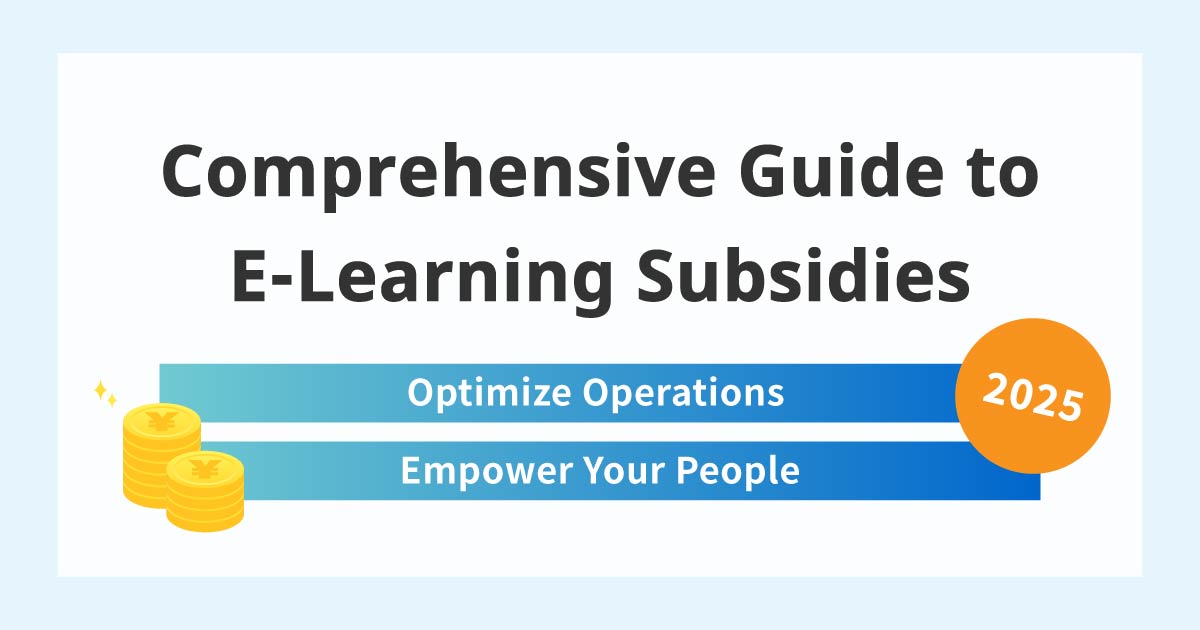

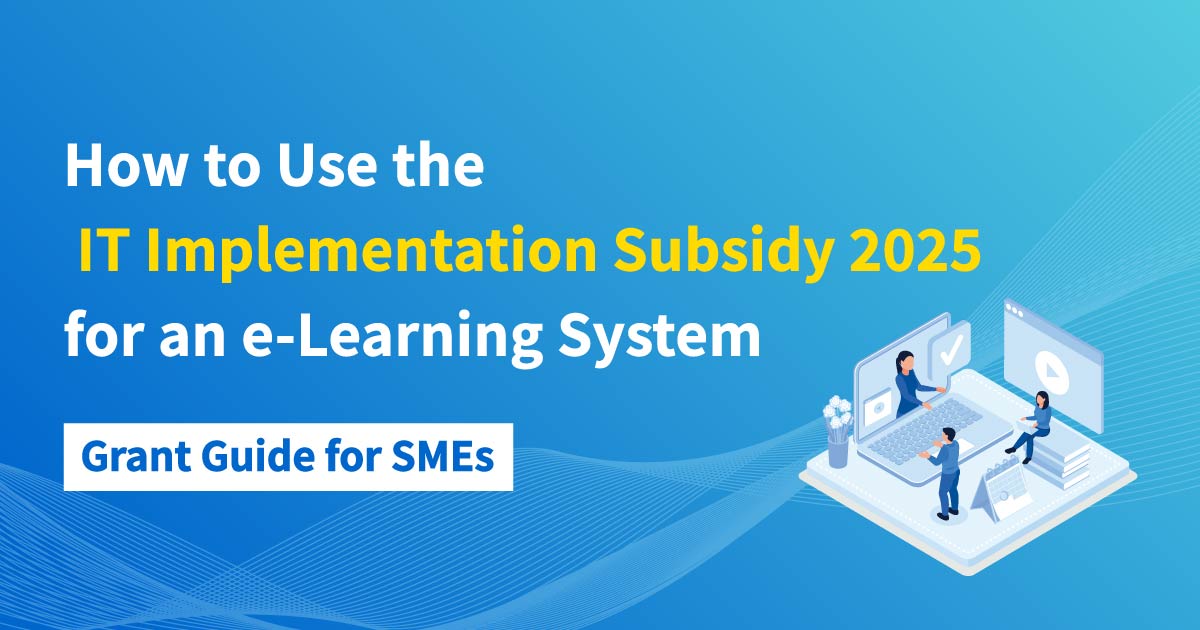
-
Discover rich featuresService Guide
-
Feel free to contact usGet in Touch
-
Try our Free PlanTry Free Plan
